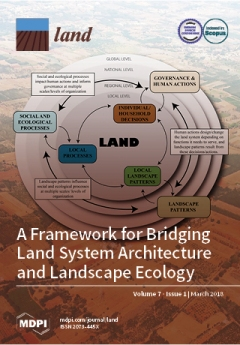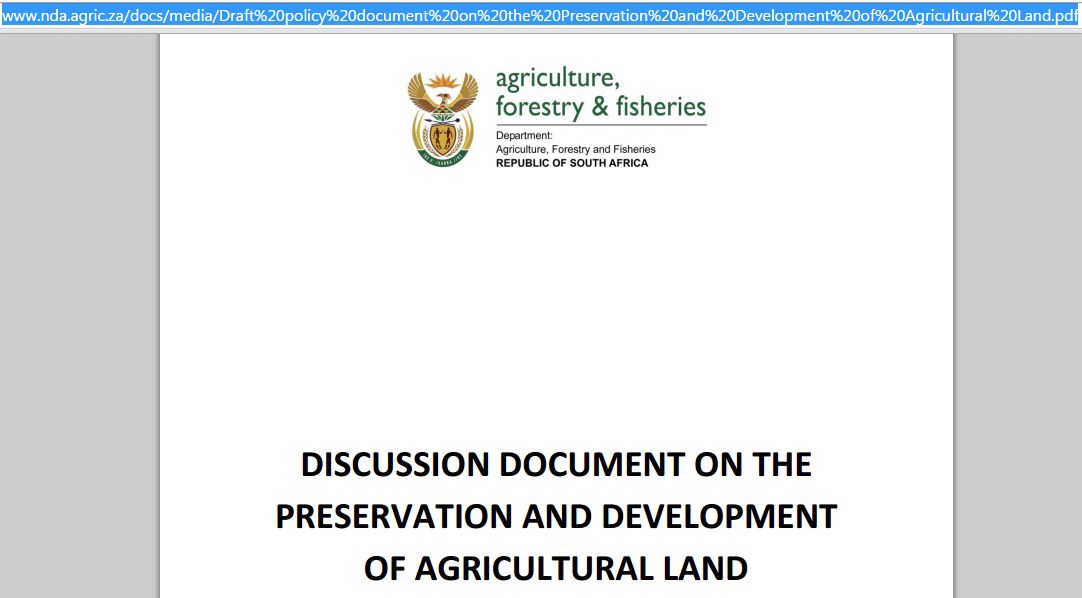The Effects of Grazing Systems on Plant Communities in Steppe Lands—A Case Study from Mongolia’s Pastoralists and Inner Mongolian Settlement Areas
This study examines the effects of different grazing systems in two neighboring regions with similar biotic and abiotic factors, Nalan Soum in Mongolia and Naren Soum in Inner Mongolia, China. We employed the quadrat sampling method and remote sensing to set three perpendicular lines that dissect the boundary between the two countries, and seven lines parallel to the boundary to form a rectangular shape as a means to compare plant community response to different grazing systems under natural conditions. NDVI data is included in discussing the causes of Mongolian grassland degradation.






